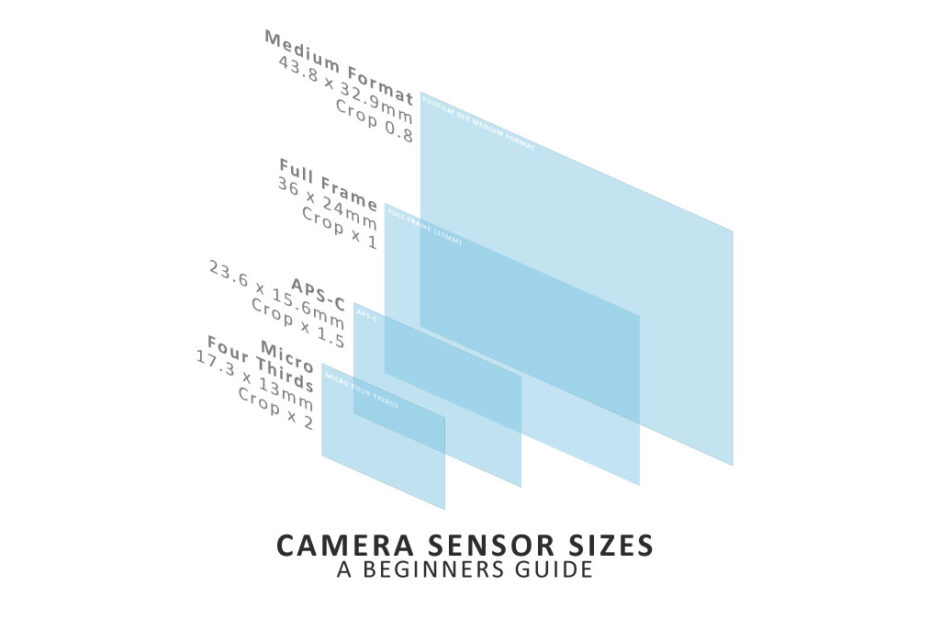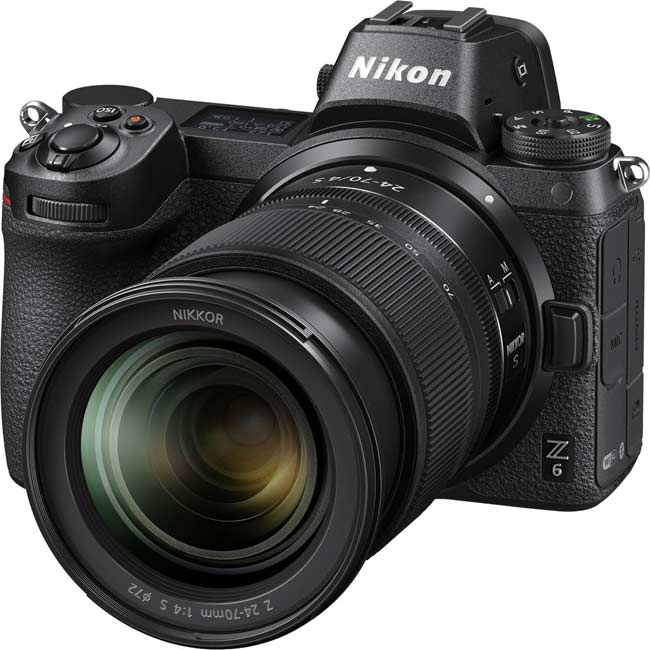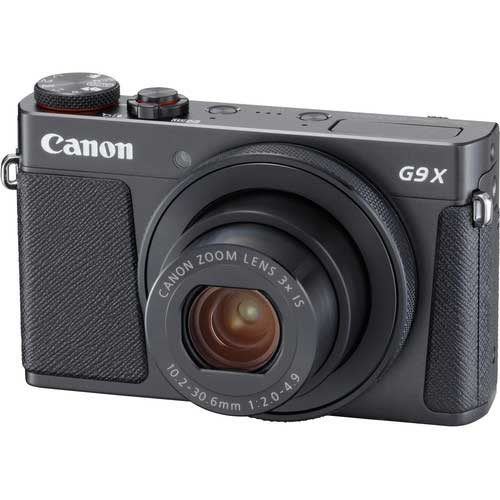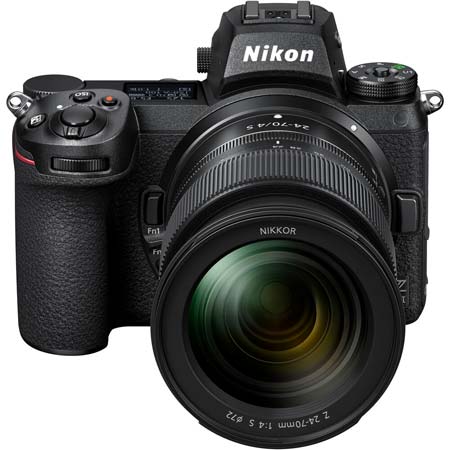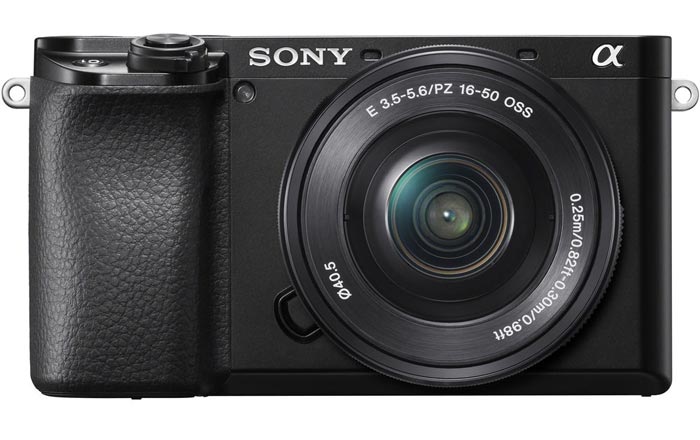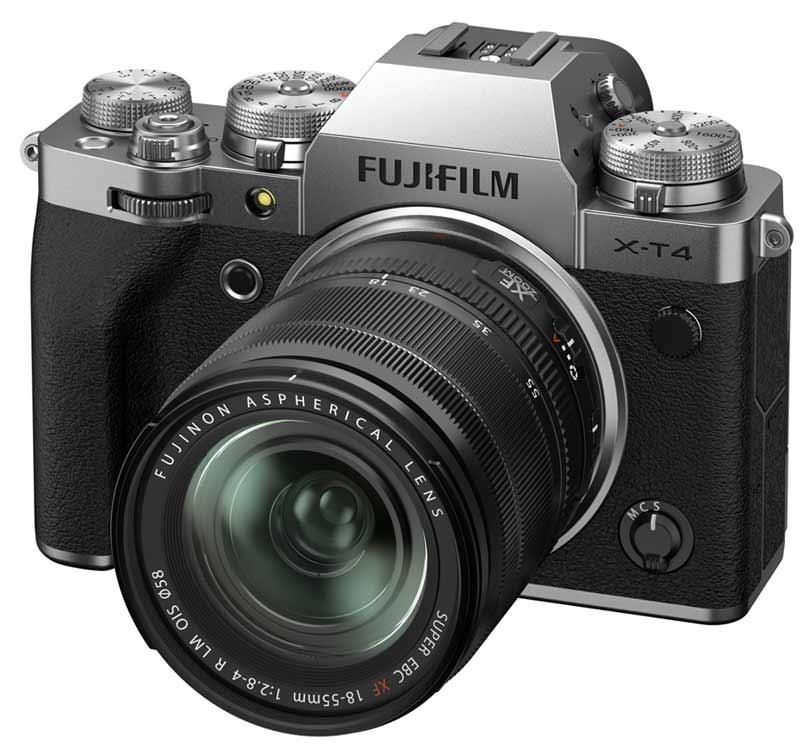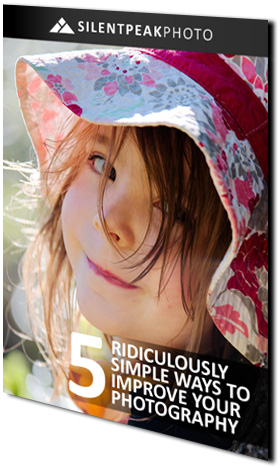Camera sensor size is the most significant ingredient in great image quality. After all, the larger your camera’s sensor, the more light it gets, and the better your photo looks. However, cameras with large sensors are more expensive, larger, and heavier. As a result, a large sensor system might be the best camera you never want to carry with you.
In this post, we take a look at what sensor size means, the different kinds of sensors, and which camera sensor size is best for you. Jump to the conclusion.
Table of Contents
- What does camera sensor size mean?
- Is a bigger camera sensor size better?
- Does camera sensor size matter
- What are the different sensor types
- How different camera sensor sizes affect angle of view
- How Camera Sensors Affect Depth of Field
- Which camera sensor size is best for you
- Camera Sensor Size Comparison
- Conclusion
What does camera sensor size mean?
Camera sensors come in many different sizes. For instance, smaller devices such as smartphones only have room for smaller sensors such as the 1/2.3″ and 1/1.7″ sensors.
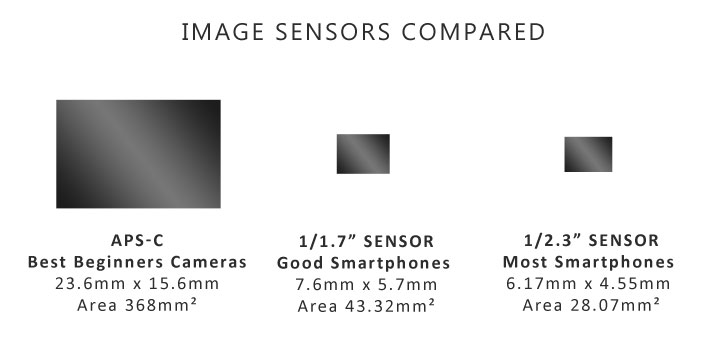
In contrast, larger cameras have room for much bigger camera sensor sizes. The most common of these larger sensor sizes is the APS-C sensor. With an area of 368mm2, the APS-C sensor is up to 13-times larger than those found in smartphones.
Is a bigger camera sensor size better?
In terms of image quality, a bigger camera sensor is better because they have a larger surface area. As a result, they capture more light during exposure in the same way a wider bucket will capture more rainwater than a narrow bucket.
For this reason, larger sensors produce cleaner images with superior contrast, detail, and color.
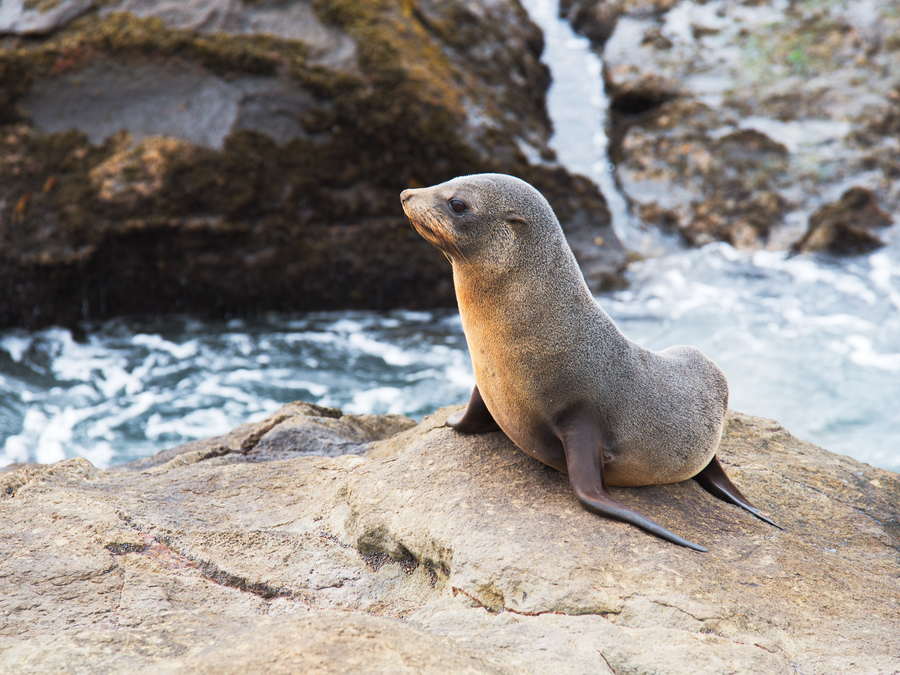
However, it’s not all ideal. A large camera sensor makes for large cameras and lenses. Thus, cameras with larger sensors are more expensive and less convenient compared to small sensor devices such as smartphones.
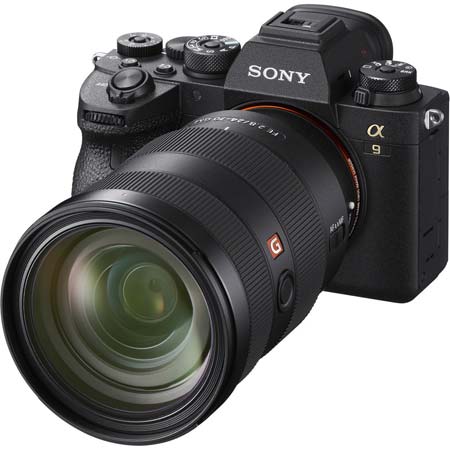
Does camera sensor size matter
Your choice of camera and the sensor inside it will define the technical limits of your photography. For example, if you like to shoot sports or take photos in dimly lit spaces, you need all the light you can get. Thus, you need a larger sensor size.
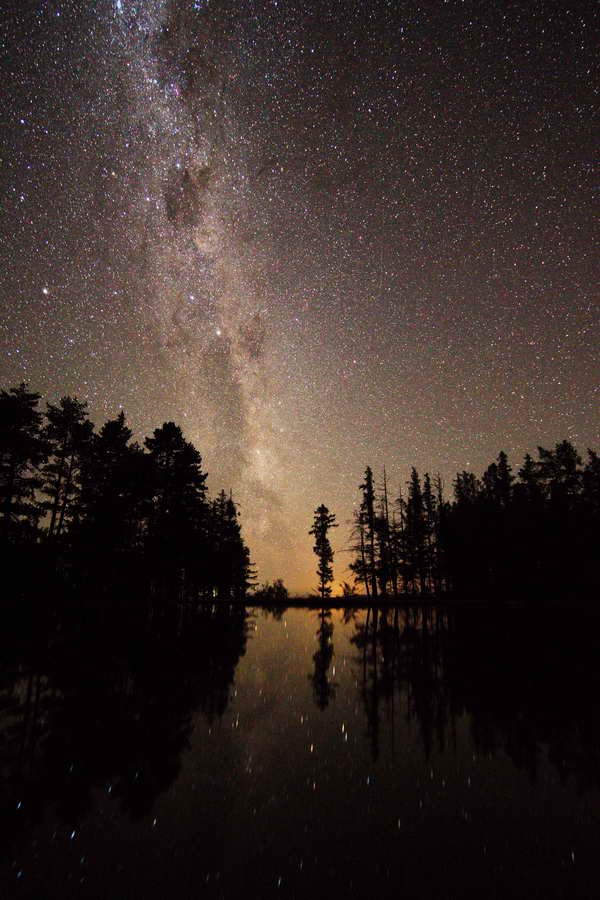
However, choosing a larger sensor than you need might be a mistake as you will likely end up with an unnecessarily large, heavy, and expensive kit.
Therefore, the best camera sensor size for you is the one that gives you the technical image quality you need in a camera you’re happy to carry with you. Read How many megapixels do you need?
What are the different sensor types
The most popular large camera sensor sizes are Full-frame, APS-C, and Micro Four Thirds. Whereas smaller cameras, super-zooms, and smartphones tend to use much smaller sensor sizes of 1″, 1/1.7″, and 1/2.3″.
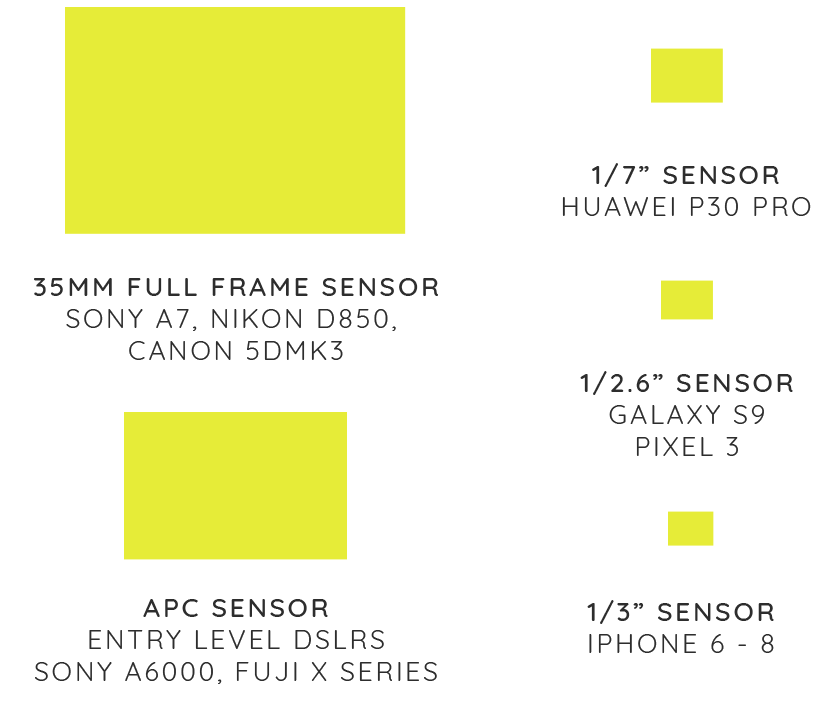
Popular Large Camera Sensors
Full-Frame is the largest of the three most popular large camera sensors. Based on the 35mm film standard, full-frame sensors are more than twice as large as APS-C sensors and 4-times larger than Micro Four Thirds sensors.
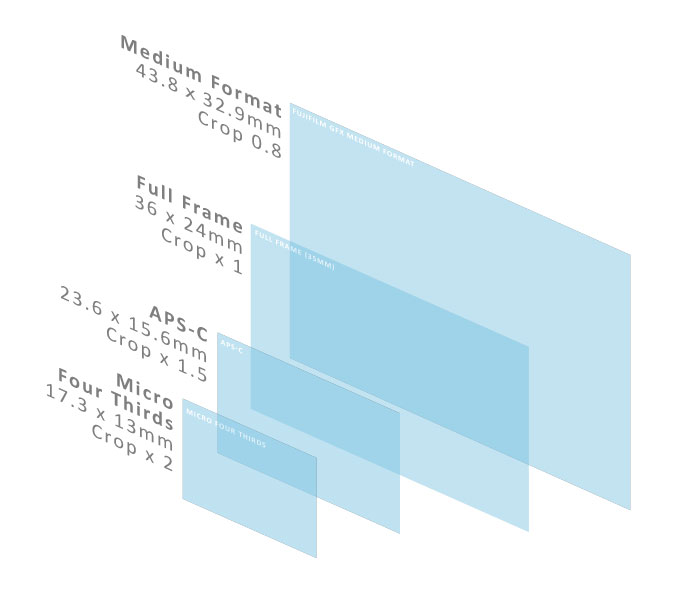
Full-Frame Sensors
Professionals and enthusiasts favor cameras with full-frame sensors thanks to their blend of performance and amazing image quality. Although full-frame cameras are more affordable than ever, they remain more expensive than APS-C and Micro Four Thirds alternatives.
However, Full-frame’s major drawback is size. Whilst the cameras themselves have shrunk somewhat, the lenses, if anything, have grown larger. Overall, you need to really care about your photography to buy and carry a full-frame camera. Read Is Full-Frame worth it?
APS-C Sensors
Although an APS-C sensor is less than half the size of a Full-frame sensor, it’s still almost 10-times larger than the sensors found in premium smartphones.
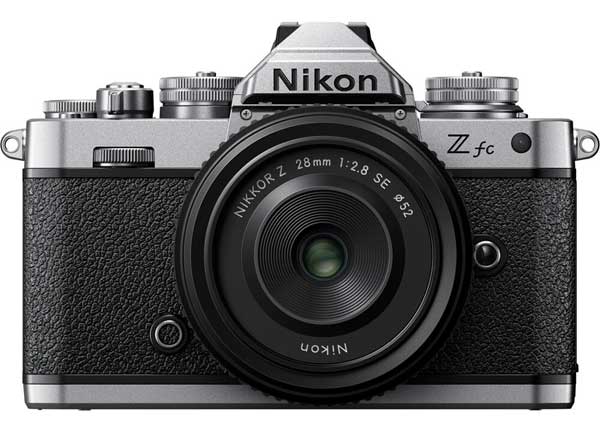
If you care about image quality and like to travel light, APS-C-based cameras strike a great balance between performance and portability. Read Best cameras for beginners.
Micro Four Thirds Sensors
Micro Four Thirds is the smallest of the three most popular large camera sensor sizes. As a result, you get very good image quality in a very compact package.
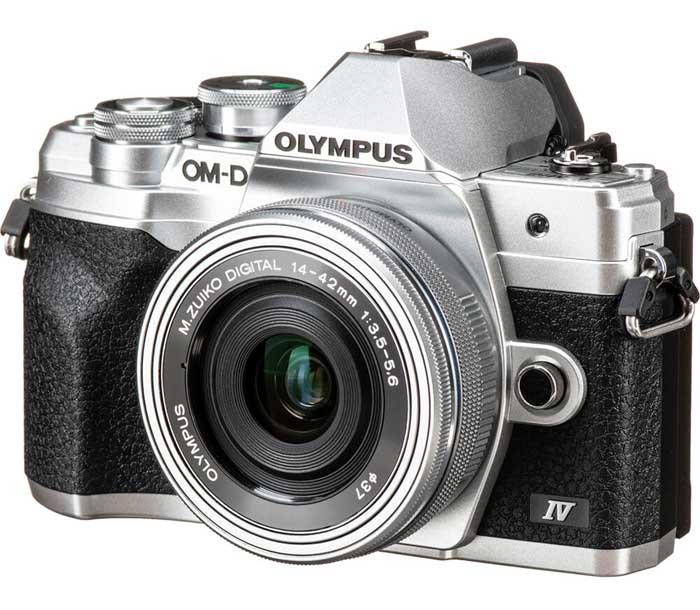
For this reason, Micro Four Thirds-based cameras are popular with weight-restricted travel photographers and wildlife photographers looking to exploit Micro Four Thirds’ powerful but compact telephoto lenses.
Smaller Camera Sensors
For the most part, smaller cameras such as those embedded into smartphones only have room for smaller sensors. However, there are some exceptions.
By adding a ‘bump’, Samsung managed to squeeze a larger 69mm2 sensor into their Galaxy S20 Ultra, and many years ago, Panasonic put a large 1″ sensor into their oversized Lumix DMC-CM1.
1″ Sensor
1″ sensors are 3 times larger than the common smartphone sensor and commonly found in premium fixed-lens compact cameras such as Sony’s RX100 series and Canon’s G5/7/9x range.
If you are looking for a genuinely compact camera that delivers better image quality than your smartphone, a 1″ sensor-based camera might just be your ticket.
1/1.7″ Camera Sensor
The 1/1.7″ camera sensor is the largest of the small camera sensors and once featured in premium point-and-shoot cameras such as the discontinued Nikon P330 and Panasonic LX100 series.
These days, you’re much likely to find a 1/1.7″ sensor inside the rear camera of a premium smartphone
1/2.3″ Camera Sensor
Perhaps the most mainstream sensor of all, the 1/2.3″ is found in smartphones, affordable point-and-shoots, and especially, super-zoom cameras.
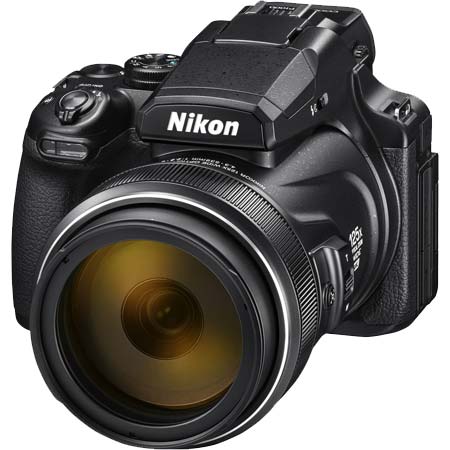
In fact, the super-zoom camera can only achieve its massive reach using a small sensor. If it were to use a larger sensor, the lens must also be larger.
As a result, superzooms with larger 1″ sensors such as the Sony RX10 have vastly less reach than dozens of cheaper models equipped with tiny 1/2.3″ camera sensors
How different camera sensor sizes affect angle of view
Angle-of-view is a term used to describe how zoomed-in or out you are. For example, a wide 105-degree angle-of-view has the potential to capture vast landscapes. In contrast, a narrow angle-of-view such as 5-degrees is better suited to zooming in to distant subjects.
Your angle of view is determined by two factors, focal length and camera sensor size.
Focal Length
Focal length is measured in millimeters and the longer your focal length, the narrower your angle-of-view becomes. For instance, a lens with a focal length of 50mm has a narrower angle of view than a lens with an 18mm focal length. Read Beginners Guide to Focal Length
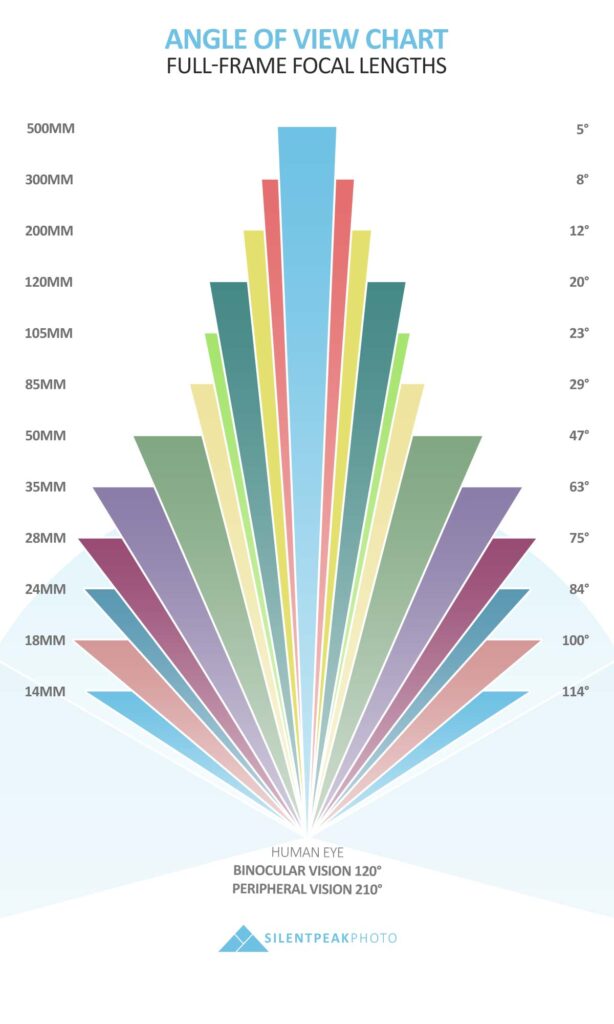
Camera Sensor Size
However, if you were to share the same 18mm lens on two different cameras, the camera with the larger sensor will yield a wider angle of view.
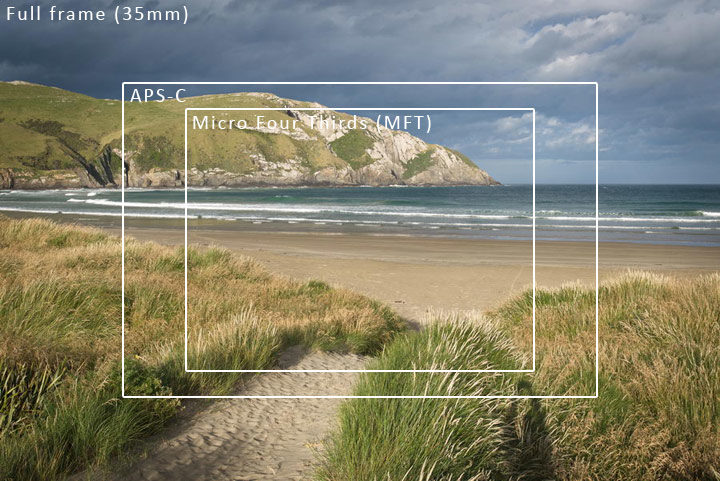
For example, a 50mm lens on a full-frame camera delivers a wide-ish 47-degree angle of view. But place the same 50mm lens onto an APS-C-based camera and your angle-of-view narrows to just 32 degrees. This is because the APS-C sensor is capturing an image relative to its own smaller size.
| Sensor Type | Focal Length | Angle of View | Magnification |
|---|---|---|---|
| Full Frame | 50mm | 47 Degrees | Low |
| APS-C | 50mm | 32 Degrees | More |
| Micro 43 | 50mm | 24 Degrees | Fair |
| 1″ Sensor | 50mm | 18 Degrees | Strong |
| 1/1.7″ | 50mm | 11 Degrees | Super telephoto |
The table above shows different angle-of-views produced by different sensor sizes using the same 50mm lens. As you can see, the smaller the sensor, the more zoomed-in the image will be.
Because smaller sensor-based cameras get more zoom per millimeter of focal length, they are ideal for the sort of compact lens systems found in smartphones and crucial for the massive reach of super-zooms.
How Camera Sensors Affect Depth of Field
Cameras with larger sensors have more potential to shrink depth-of-field for glorious background blur. As a result, cameras with full-frame sensors are hugely popular with wedding and portrait photographers. Read Beginners Guide to Depth of Field

Besides creating a beautiful three-dimension-like aesthetic, background blur is also useful for isolating your subject from distracting background clutter.
But in technical terms, depth-of-field and background blur have nothing to do with your camera’s sensor. Instead, depth-of-field is determined by aperture, focus distance, and focal length.
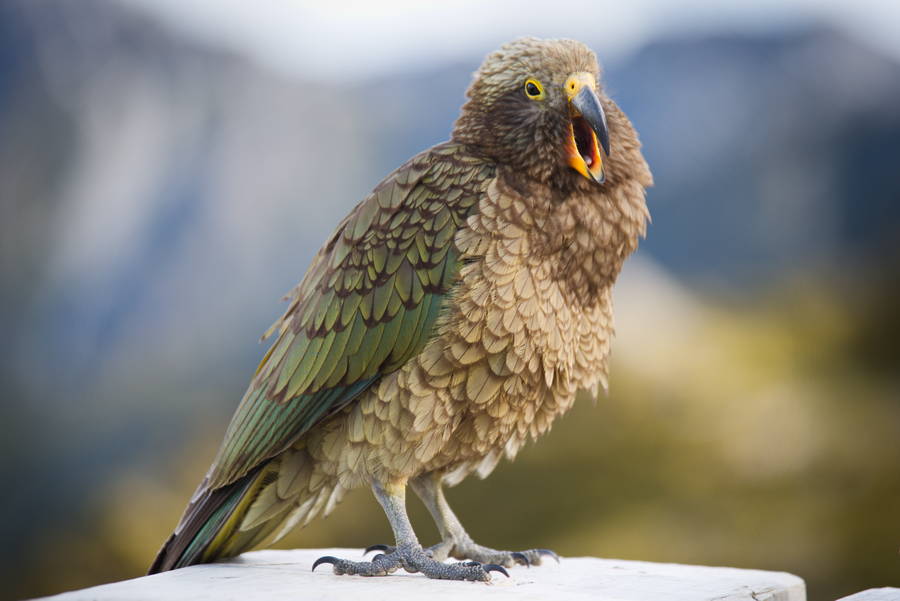
In terms of the focal length, the longer your focal length is, the better able you are to blur your subject’s background.
And since full-frame sensors require longer focal lengths to see the equivalent angle of view as smaller sensors, there’s more potential to blur the background.
| Sensor Type | Desired Angle of View | Required Focal Length | Blur Power! |
|---|---|---|---|
| Full Frame | 47 Degrees | 50mm | Awesome! |
| APS-C | 47 Degrees | 32mm | Good |
| Micro 43 | 47 Degrees | 25mm | Okay |
| 1″ Sensor | 47 Degrees | 18mm | Nah |
| 1/1.7″ | 47 Degrees | 11mm | Nope |
The table above shows which focal length each sensor size needs to get the same 47-degree angle-of-view. Out of the 5, the full-frame camera has the most potential to blur since it has the longest focal length (50mm).
Which camera sensor size is best for you
The best mainstream camera sensor size for image quality is full-frame. Not only do you get cleaner, sharper images, and the best background blur, but you also get access to high-resolution sensors such as the 45.7-megapixel sensor inside the Nikon Z7ii.
And if that’s not enough, there’s always the class-leading 61-megapixel Sony A7Riv. In contrast, the highest resolution APS-C Sensor is the 32.5-megapixel sensor inside Canon’s M6ii. So, if you want to take detail-rich photos of landscapes or portraits filled with glorious background blur, a full-frame camera is your ticket.

Smaller Camera Sensors for Portability
But, as a practical sort of fella, I know that there’s more to photography than ultimate image quality and high megapixel counts. As an owner of a full-frame camera, there have been days where I have preferred to leave its bulk at home and have missed great photo opportunities as a result.
If you crave great performance and mobility, cameras with APS-C sensors still offer pro-grade image quality whilst being smaller and cheaper.
In fact, the internet is awash with professional photographers trading full-frame image quality for portability. After all, if the best camera is the one you have with you, it makes sense to choose a camera you’re willing to carry.
But if you wish to emphasize mobility, look no further than Micro Four Thirds. Not only are the cameras small, but the lenses are tiny.
Perhaps the best reason to buy a camera with a 1″ sensor is to fuse portability, reasonable image quality, and crucially, an optical zoom. In which case, the Sony RX100 and Canon GX9/5/6 are worth a look.
Of course, that leaves smartphones. Thanks to their small sensors, image quality is sub-par. But despite this, they’re absurdly convenient and more than sufficient for producing 6×4 prints and social media posts. Read How many Megapixels do you need?
Camera Sensor Size Comparison
| Camera Sensor Size | Length (mm) | Height (mm) | Diagonal (mm) | Area (mm2) | Size % | Ratio (X:Y) |
|---|---|---|---|---|---|---|
| Medium Format | 53 | 40 | 66.4 | 2120 | 100 | 4:3 |
| Cropped Medium Format | 43.8 | 32.8 | 54.72 | 1436.64 | 68 | 4:3 |
| Full Frame | 36 | 24 | 43.27 | 864 | 41 | 3:2 |
| APS-C | 23.6 | 15.6 | 28.29 | 368.16 | 17 | 3:2 |
| APS-C Canon | 22.2 | 14.8 | 26.68 | 328.56 | 16 | 3:2 |
| Micro Four Thirds | 17.3 | 13 | 21.64 | 224.9 | 11 | 4:3 |
| 1″ | 12.8 | 9.6 | 16 | 122.88 | 6 | 4:3 |
| 1/1.7 | 7.6 | 5.7 | 9.5 | 43.32 | 2 | 4:3 |
| 1/2.3″ | 6.17 | 4.55 | 7.67 | 28.0735 | 1 | 4:3 |
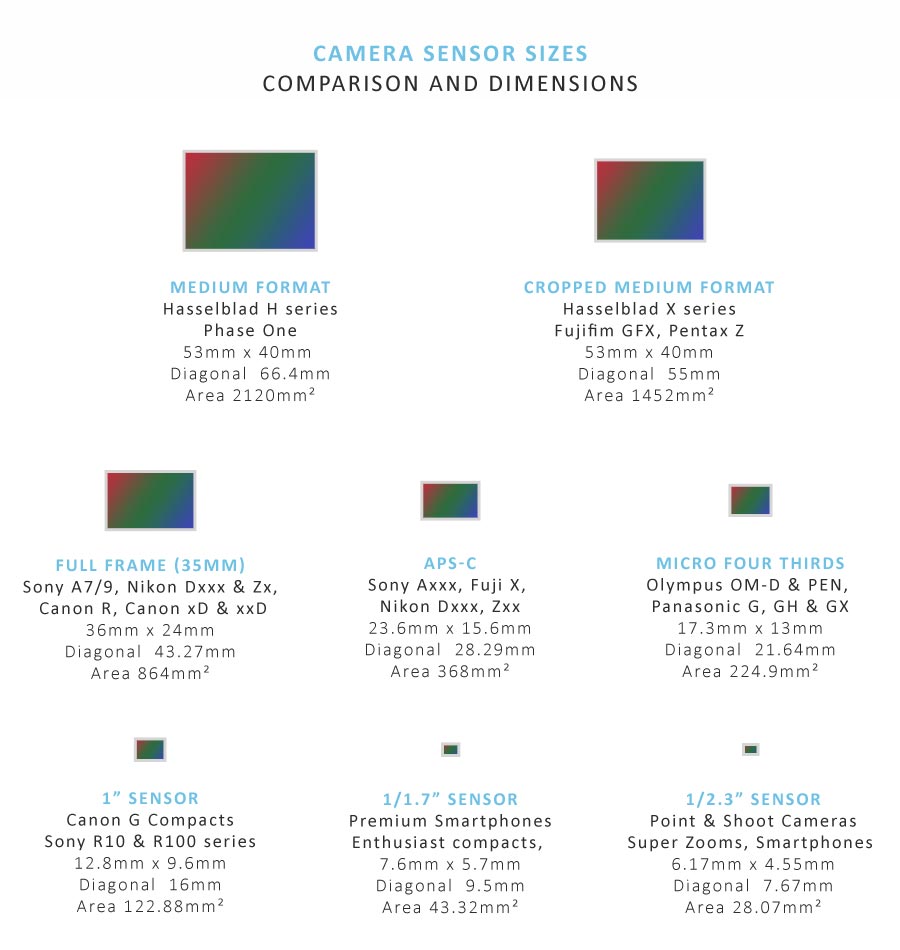
Conclusion
Your camera sensor size really does make a difference. But whether it makes a difference to you is a different matter.
Large camera sensors produce sharper, more detailed photos. Furthermore, large sensors continue to perform well in low-light situations and are better able to blur backgrounds. As a result, full-frame has become the sensor of choice for pro-sports, portrait, and wedding photographers.
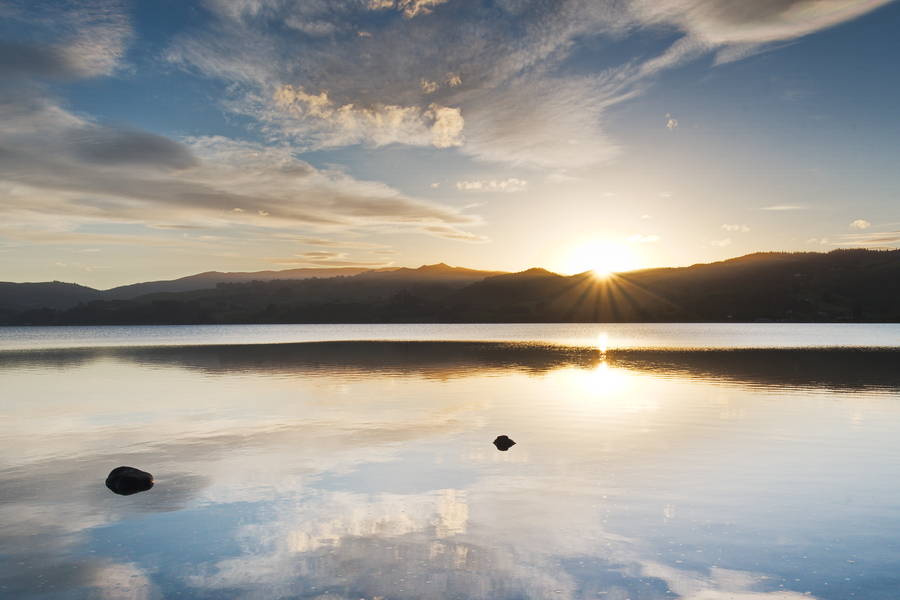
On the other hand, larger sensors result in bigger, heavier, and more expensive cameras and lenses. As a result, cameras with large sensors are vastly less convenient than small-sensor point-and-shoots and smartphones.
Therefore, it’s best to strike a balance between what you need and what you’re willing to carry. If you genuinely care about taking good quality photos, Micro Four Thirds and APS-C-based cameras strike a great balance between cost, convenience, and performance.
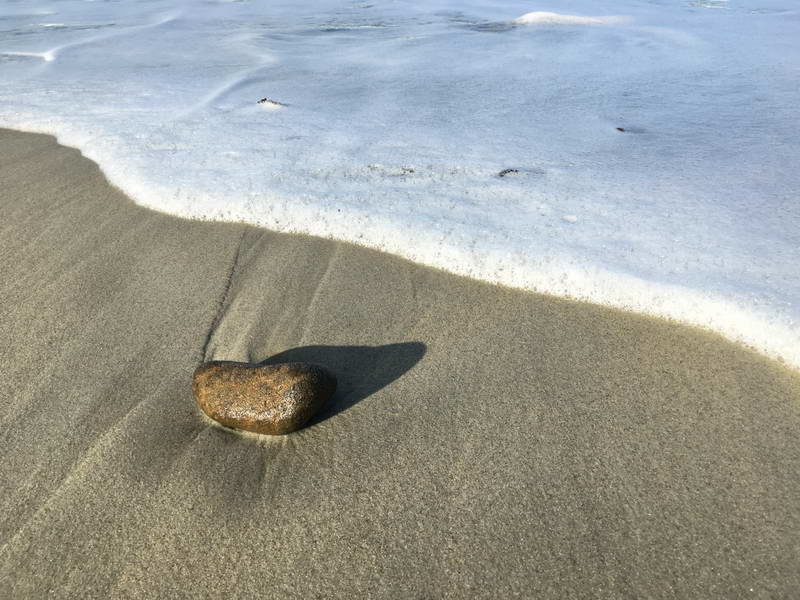
But if your photography is limited to posting on social media or printing 6x4s, the merits of a larger sensor are diminished. That’s not to say you can’t take great photos, but you might as well save some money and maximize portability and convenience.
What about you? Do you like full-frame or do you prefer a more portable kit? Let us know in the comments below
